
Debates over the safety of raw milk and its potential benefits and hazards to human health have been ongoing for decades. However, what many do not consider is that the impact of drinking raw milk is much broader than simply harming the human health aspect of the equation; it also impacts ecosystems, animal welfare, and can spread zoonotic diseases.
Outbreaks that have occurred recently, including the transmission of bird flu (H5N1) to cats through raw milk, have underscored the risk of unpasteurized dairy products. In this article, we review the multifaceted debate surrounding raw milk by examining its impacts on human health, ecological consequences and the role of zoonotic disease transmission.
Human Health Risks of Raw Milk
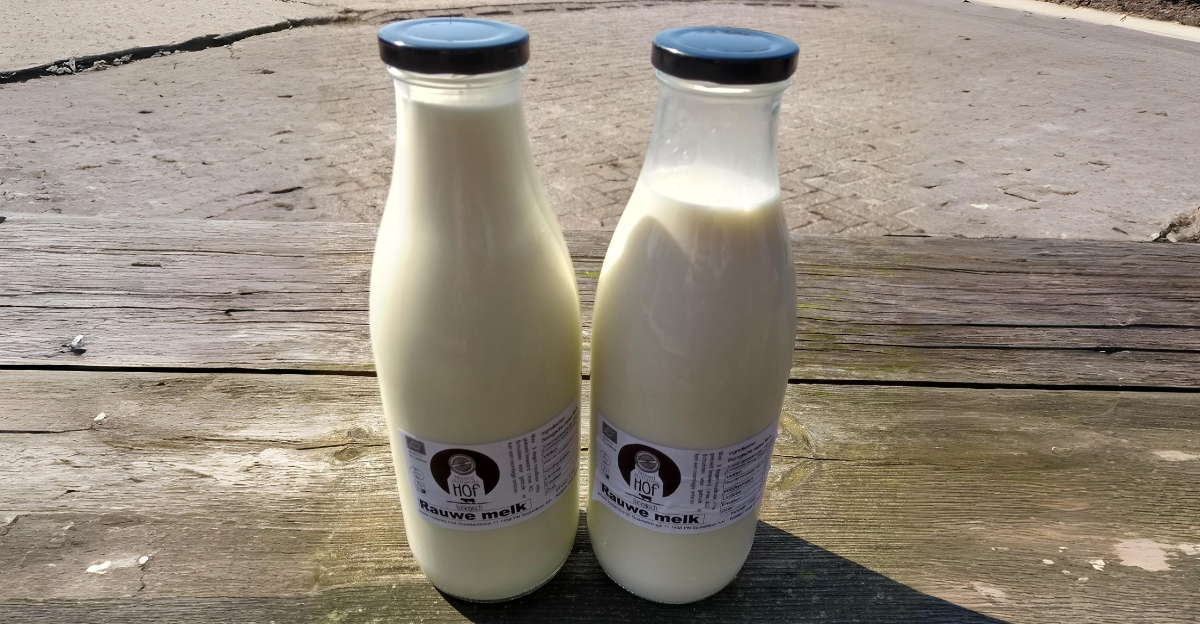
Raw milk can contain deadly pathogens such as Salmonella, E. coli, and Listeria, all of which can cause serious illnesses ranging from food poisoning to kidney failure and even death. These risks are especially severe for vulnerable groups, such as children, pregnant women, and people with weakened immune systems. Pasteurization, the process that heats milk to kill dangerous bacteria, is now commonly used to reduce these risks. Nevertheless, some consumers continue to advocate raw milk, citing health benefits they believe are beyond the reach of the standard product.
Potential Benefits of Raw Milk

Some research indicates that raw milk can help reduce the risk of asthma and allergies in children, possibly because it contains beneficial bacteria and enzymes that pasteurization kills. However, these findings are disputed, with many health experts warning that the risks of raw milk outweigh any potential benefits. The lack of evidence has sparked debate about its safety and nutritional value.
Ecological Impacts of Dairy Farming
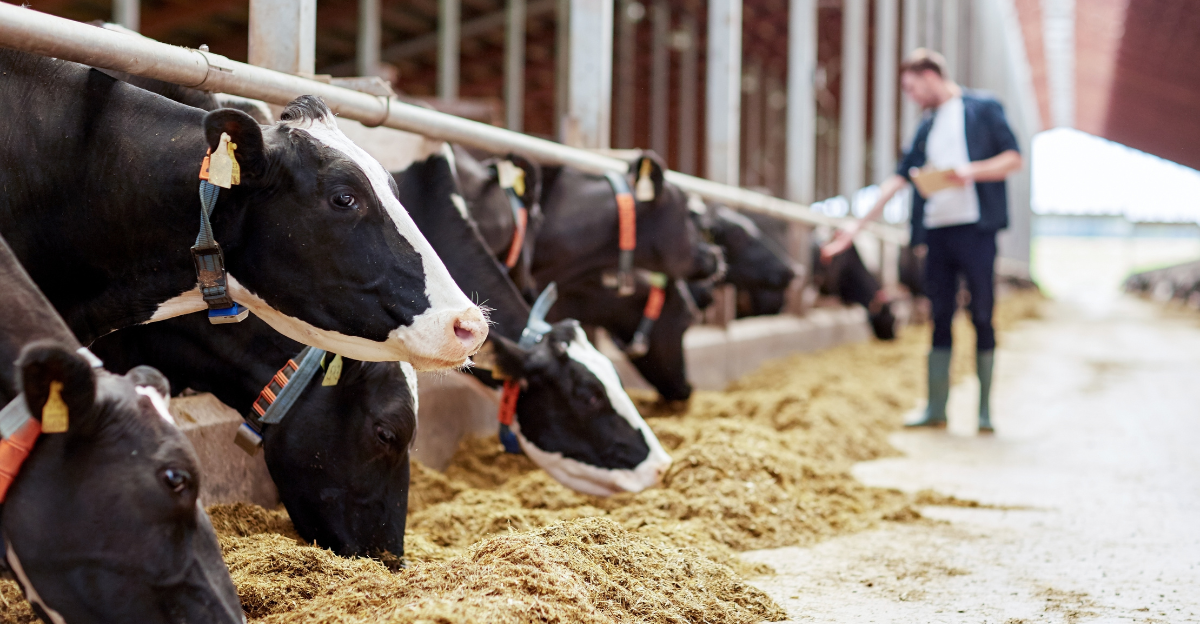
The production of raw milk is closely tied to dairy farming practices, which have significant ecological implications. From antibiotics to synthetic fertilizers, intensive farming techniques can disrupt local ecosystems and lead to environmental degradation. The demand for raw milk is also likely to lead to unsustainable farming practices, further exacerbating these issues.
Bird Flu Transmission in Dairy Farms

Recent outbreaks of bird flu (H5N1) have highlighted the risks of raw milk consumption for animals. At dairy farms in the United States, barn cats were infected with H5N1 after drinking unpasteurized milk from infected cattle. This highlights the potential for raw milk to act as a vector for zoonotic diseases, posing risks not only to humans but also to domestic and wild animals.
Indoor Cats and Raw Milk Exposure

In addition to farm animals, indoor cats have also been affected by H5N1. Cases in Michigan and New York City were linked to raw-poultry-based pet foods or unpasteurized milk brought home by dairy workers. These incidents demonstrate how raw milk can serve as a bridge for spreading infectious diseases among people, livestock, and ecosystems.
Raw Pet Food Recalls
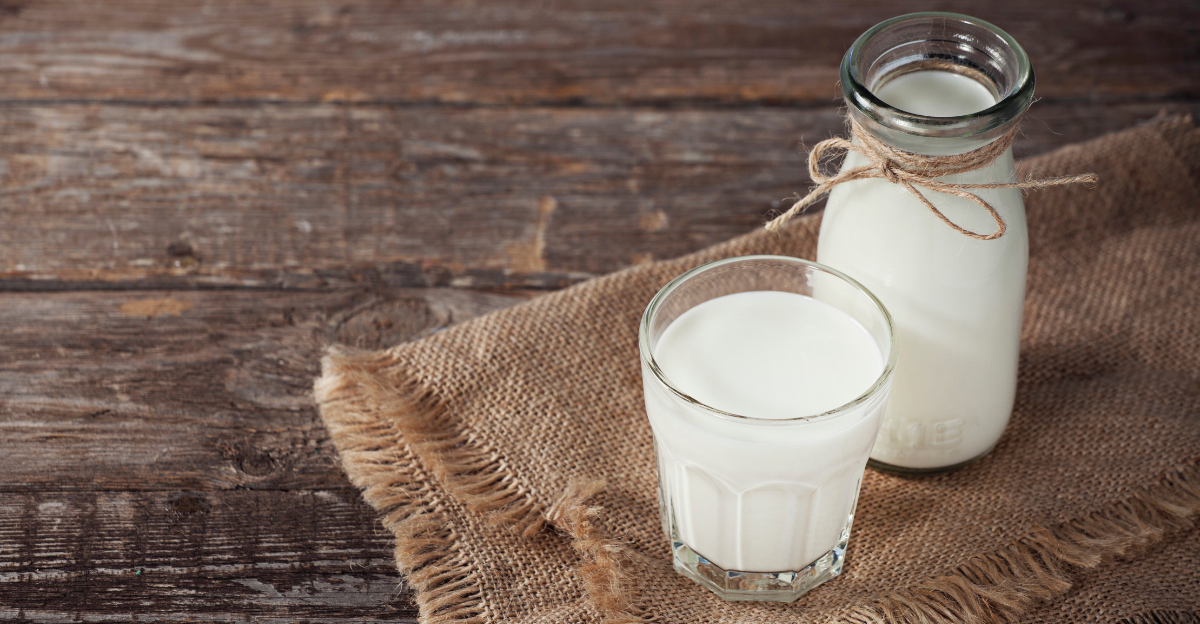
Companies such as Savage Cat Food and Northwest Naturals have recalled raw poultry-based pet foods after H5N1 was detected. These recalls underscore the wider implications of raw food items, including raw milk, in spreading zoonotic diseases. The interconnectedness of food systems makes strict safety standards all the more imperative.
Regulatory Responses to Raw Milk Risks
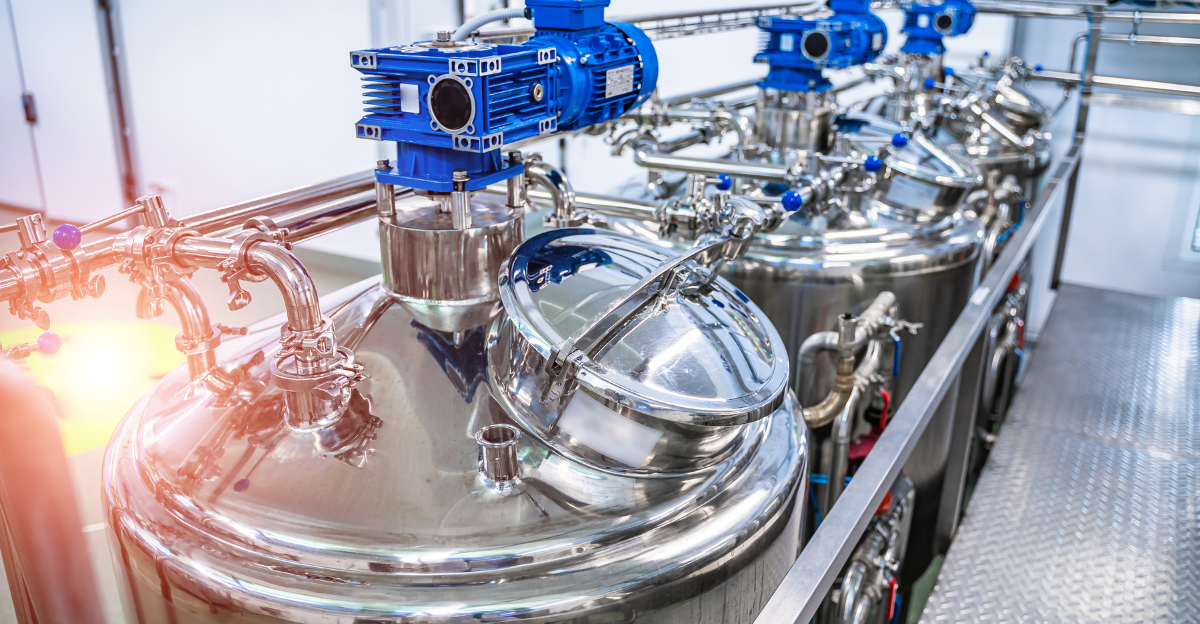
Due to the risks associated with raw milk, regulatory agencies have limited its sale and distribution. These measures include mandatory pasteurization requirements and public health campaigns to educate consumers about the risks of unpasteurized dairy products. However, enforcement and compliance vary widely, and gaps in protection remain.
Public Perception and Advocacy
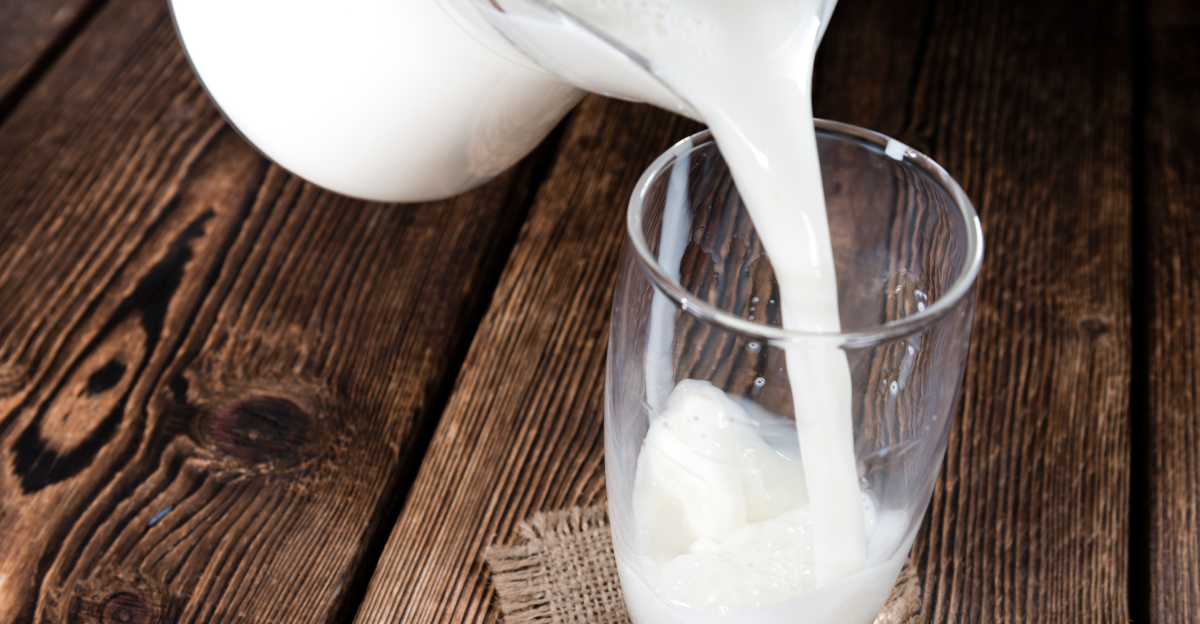
Despite the documented risks, raw milk remains popular with consumers who appreciate its perceived natural and unprocessed qualities. Advocacy groups frequently argue that people have the right to choose raw milk, treating the issue as one of personal freedom versus government oversight. This tension complicates efforts to address the broader risks.
The Role of Pasteurization in Disease Prevention
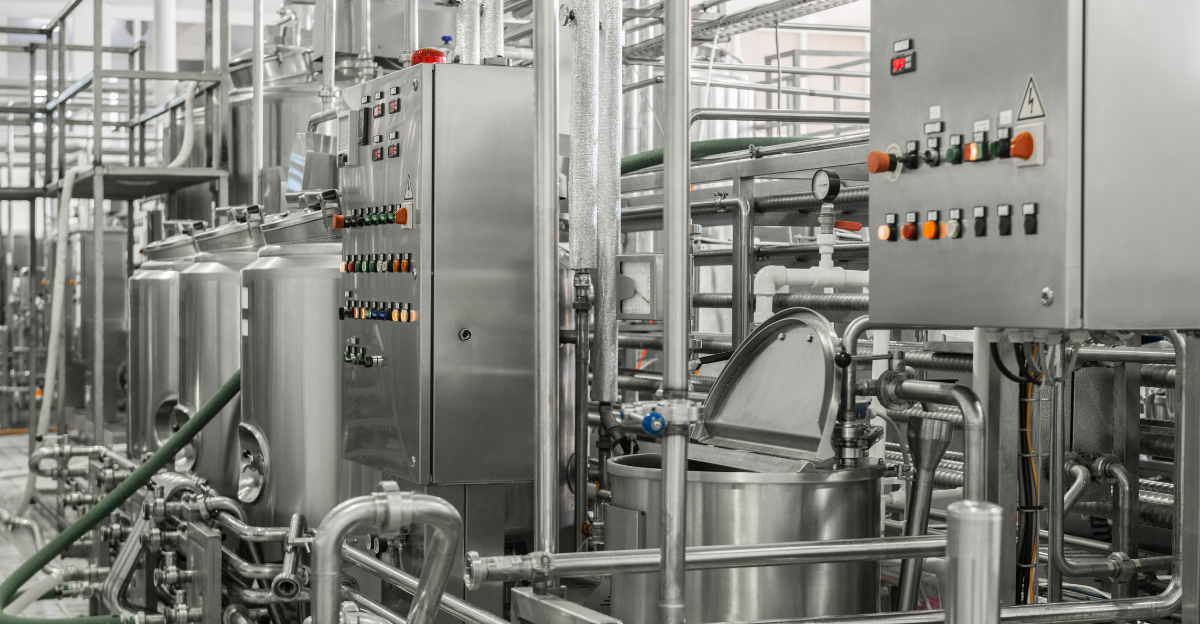
Pasteurization remains one of the most effective methods of preventing the transmission of pathogens through milk and milk products. Killing harmful bacteria and viruses protects both human and animal health. The recent H5N1 outbreaks are a stark reminder of the crucial role this process plays in safeguarding public health and ecosystems.
Balancing Risks and Benefits
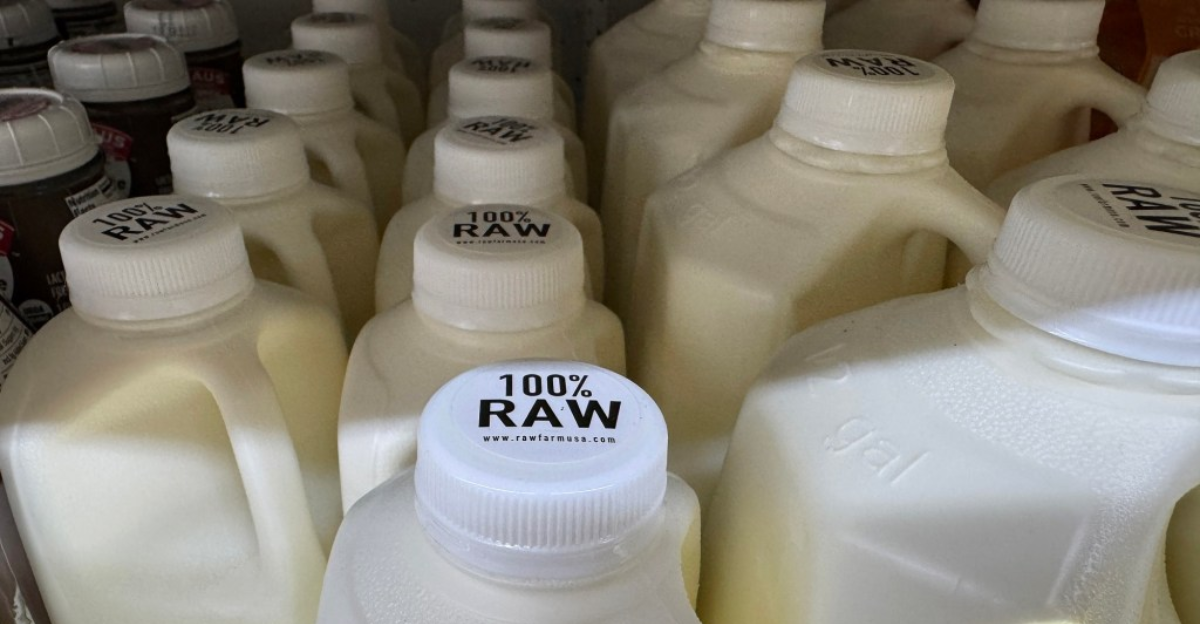
The debate around raw milk is complex, involving competing claims regarding its health benefits and dangers. Although some evidence indicates possible benefits, the risks associated with exposure to pathogens and the emergence of zoonotic diseases must also be considered. As recent outbreaks have demonstrated, the effects of raw milk consumption are not limited to human health but extend to animals and ecosystems. A balanced approach, grounded in scientific evidence and strong safety measures, is essential to address these challenges.
Explore more of our trending stories and hit Follow to keep them coming to your feed!

Don’t miss out on more stories like this! Hit the Follow button at the top of this article to stay updated with the latest news. Share your thoughts in the comments—we’d love to hear from you!







